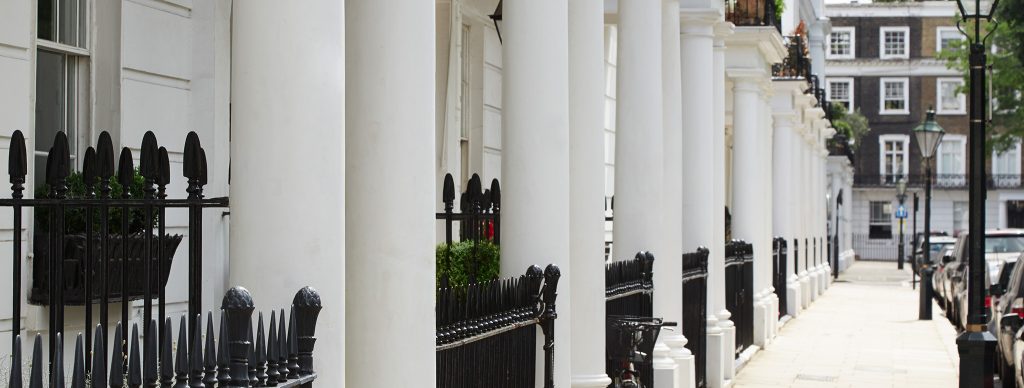When I sat down with clients at the beginning of the year, I was asked what I expected to happen to prices. My intuition was that prices would rise rather than fall. At the time it seemed likely that this rise could be in the order of 10-15%, driven partly by city bonuses and partly as a result of pent-up demand. The context to my view was that prime central London prices had risen only gently in the four years since 2001, whilst country prices had risen strongly.
As it has turned out, my prediction was, if anything, conservative as prices rose by anywhere between 15% and 25%. The broad rule of thumb has been the rarer the product, the greater the rise in price, so small apartments have risen less than the large central London houses. For example, a Randolph Road house backing on to communal gardens in Little Venice that sold in February for 4m would now sell for over 5m, and a penthouse in a prime part of Belgravia that would have commanded 5m, is now more likely to sell for 6.5m.
Similarly, prime St. John’s Wood has bounced in price and, there are certainly one or two happy vendors rubbing their hands with glee at their good fortune (specifically the vendor of an Acacia Road house who achieved the same price per square foot as one would expect to pay in the much more expensive area of Belgravia).
An even more graphic illustration of the year’s price rises can be seen in the market for houses in Notting Hill with communal gardens. Someone with a standard 3,500 sq ft Elgin Crescent House will have seen the price of their asset leap from 3.5m to nearly 5.5m, a rise of over 50%.
Are the price rises sustainable?
In the light of the picture I have just sketched it might reasonably be asked whether such a dramatic price rise is sustainable and whether the market will continue to rise. As someone who saw the up and down market cycles of the 1980s and 1990s at first hand, I have to ask myself whether this will be another case of deja-vu?
As ever, there are a number of complex ingredients that serve to drive the prime central London property market up or down. Beyond the crucial factor of sentiment, a key influence is supply. When there are very few houses to buy and plenty of buyers clutching chequebooks, prices firm up. Some people are content to overpay, on the basis that time and tide will take care of their extravagance anyway.
The unfortunate corollary to the latter scenario is that, in the absence of blue-chip property, buyers can decide to settle for flawed or compromised property. This decision will be one that will invariably come back to haunt them when they come to re-sell some years hence. Flawed houses can prove to be hugely illiquid assets in a stagnant or soft market and, during the recession of 1990-93 it was precisely these houses that took literally years to sell.
What does next year hold?
So, what does next year hold? Looking only at the issues that I am qualified to pass judgement on, I suspect that the answer is ‘more of the same’ – for the short term at least. Whilst it is unwise to ignore the possibility of a massive economic reverse, I do not see anything immediately on the horizon that will lead to a sea-change in the supply of property. In my opinion, a continued shortage of property points towards a continuation of the tough market that we have at present.
In London this year, we bought for the majority of our clients before the end of the summer and before the bulk of the year’s price rises were obvious. Even given the catholic range of apartments and houses involved, the unifying theme was that our clients bought the right property, in the right location, at the right price … and we got there first!
If there is one single piece of advice that I could pass on to my clients for the coming year it would be to buy the best property in the best location that one’s budget will allow and to take a long term view on ownership. Experience shows that, in the long term, the better the houses and location, the better the owners’ interests are looked after – and if we can help get you there first, so much the better.
Saul Empson, Director – Haringtons UK Ltd, December 2006
